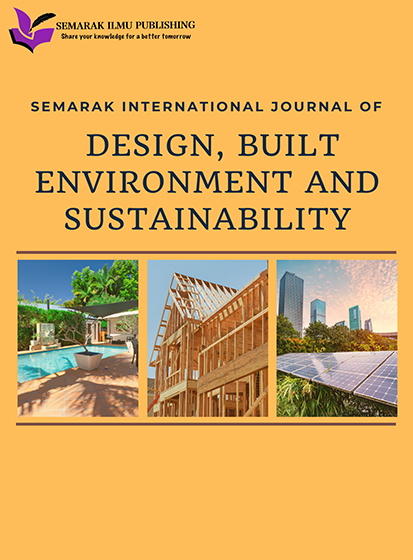Impact of HVAC Systems Integration on Aesthetic of Public Buildings in Brunei Darussalam
DOI:
https://doi.org/10.37934/sijdbes.1.1.119Keywords:
Aesthetic, Façade, public building, building services, HVAC systems (Heating Ventilation Air Conditioning), sustainability, urban designAbstract
In the context of architectural and urban design, the aesthetic of a building is a relative and dynamic concept that involves different aspects including building façade style, form, color, texture, and overall artistic expression. However, this evolution can be influenced by various factors such as cultural shifts, technological advancements, materials available, and changing tastes and trends in architecture. Traditionally, building facades in Brunei have prioritized uniformity, symmetry, and cultural ornamentation. Contemporary challenges such as climate change necessitate a re-evaluation of these aesthetic principles. The integration of HVAC systems into public buildings presents unique challenges and opportunities for other architectural aesthetic ways. Modern architectural practices now emphasize ecological and interactive facades that enhance building aesthetics while addressing environmental conditions. This study examines how integrating HVAC systems affects both the aesthetics and functionality of public buildings in Brunei, and explores solutions, including exterior decorative HVAC system models, that balance visual appeal with practical functionality. The findings aim to support the aesthetic goals of modern architecture and align with broader efforts to create sustainable and resilient urban environments in Brunei Darussalam.









